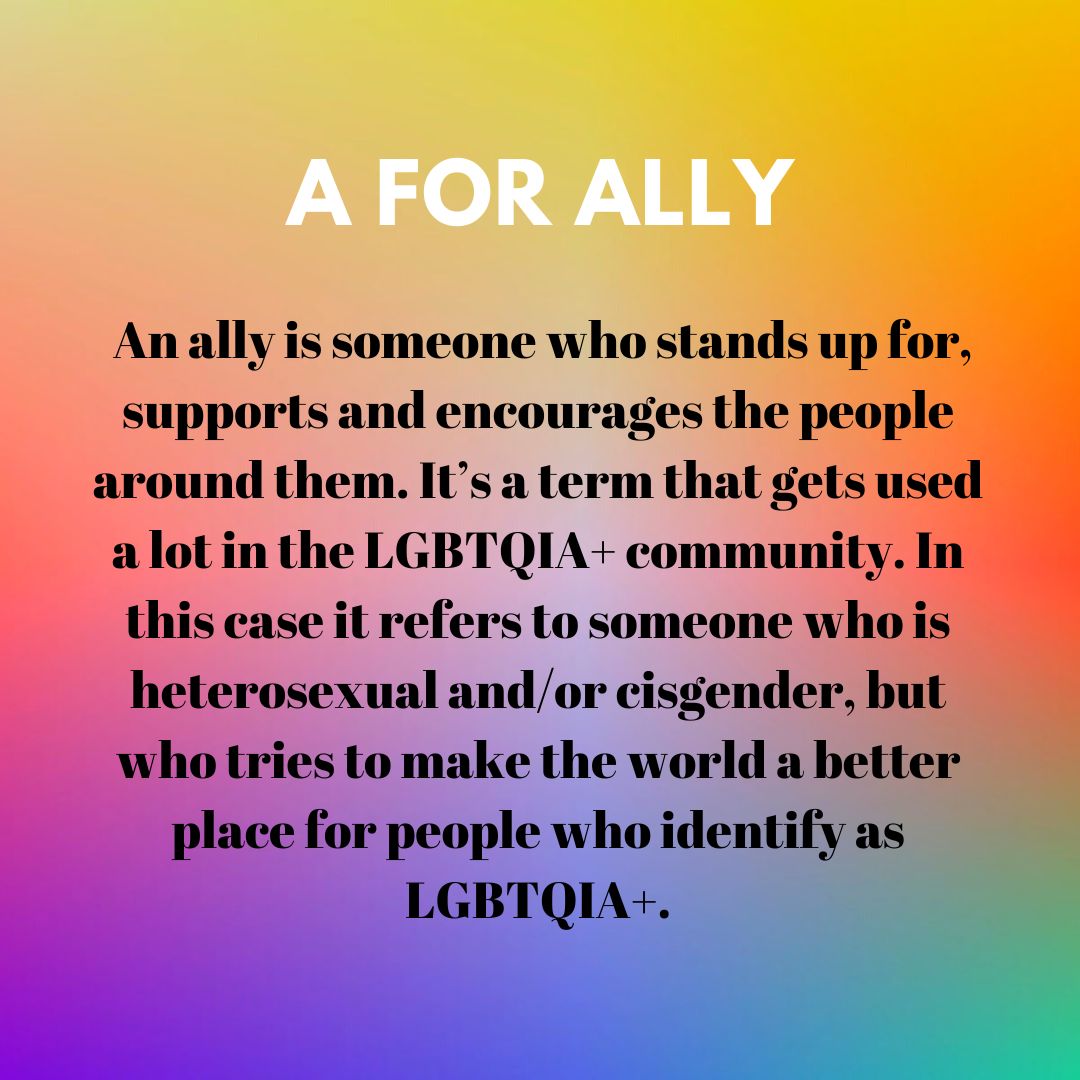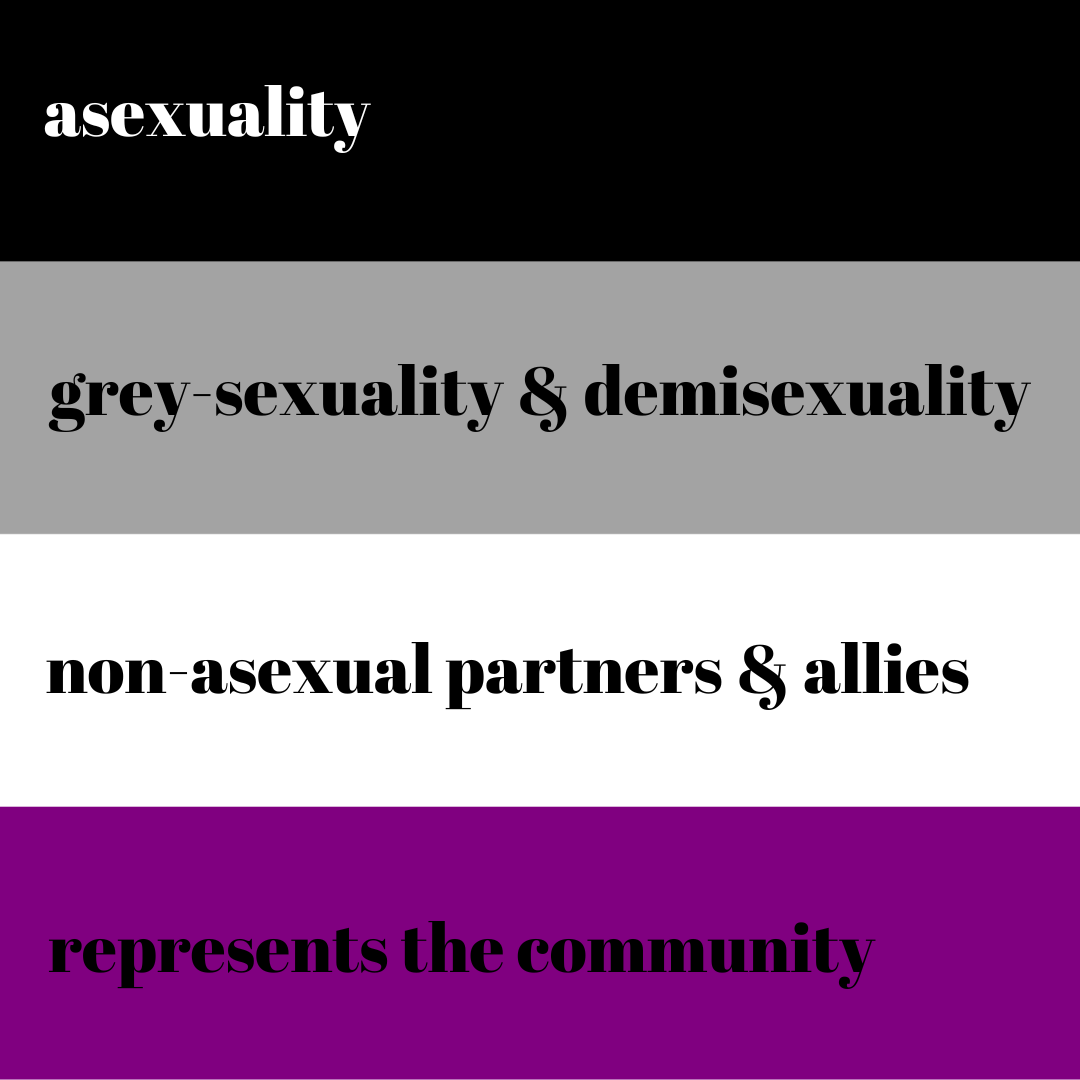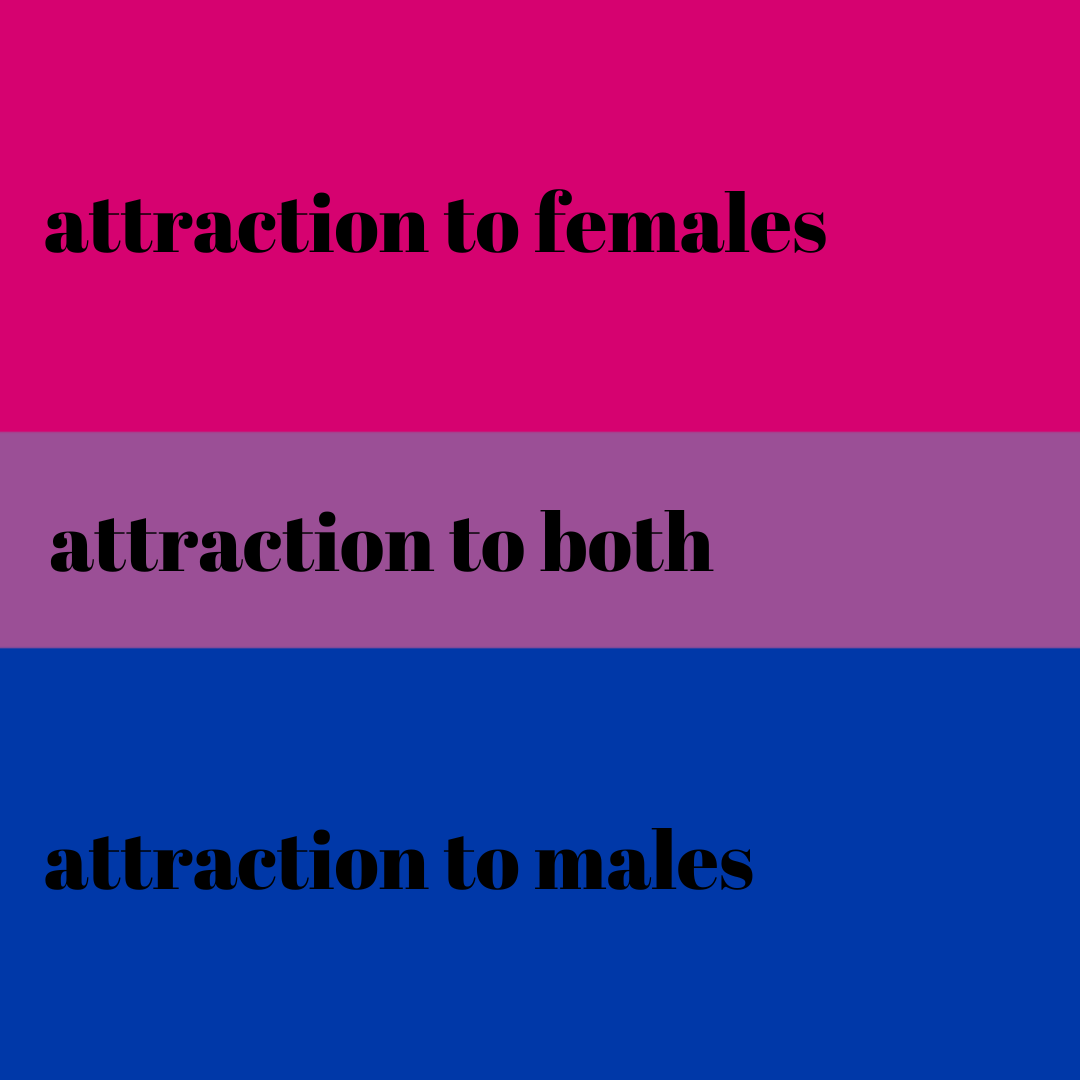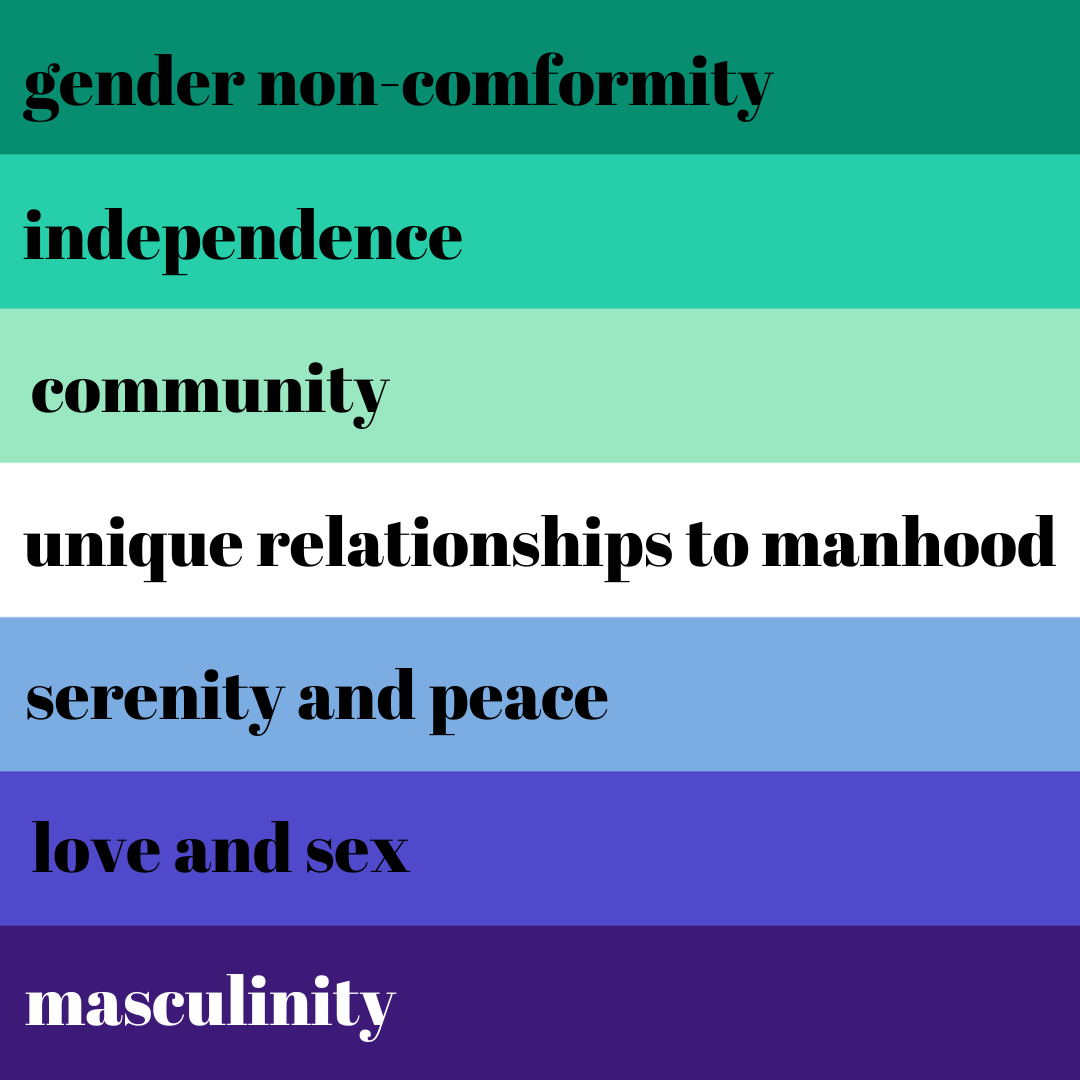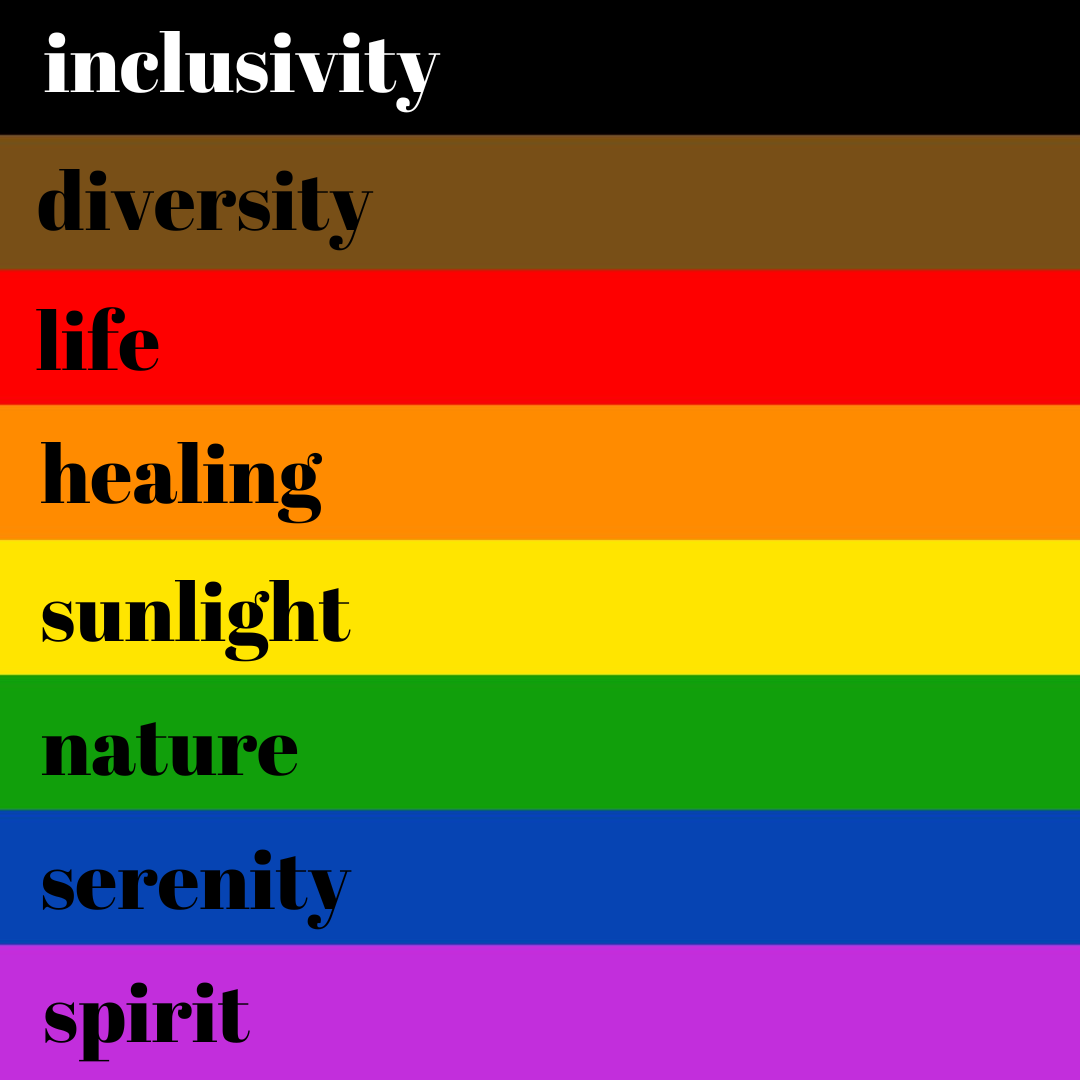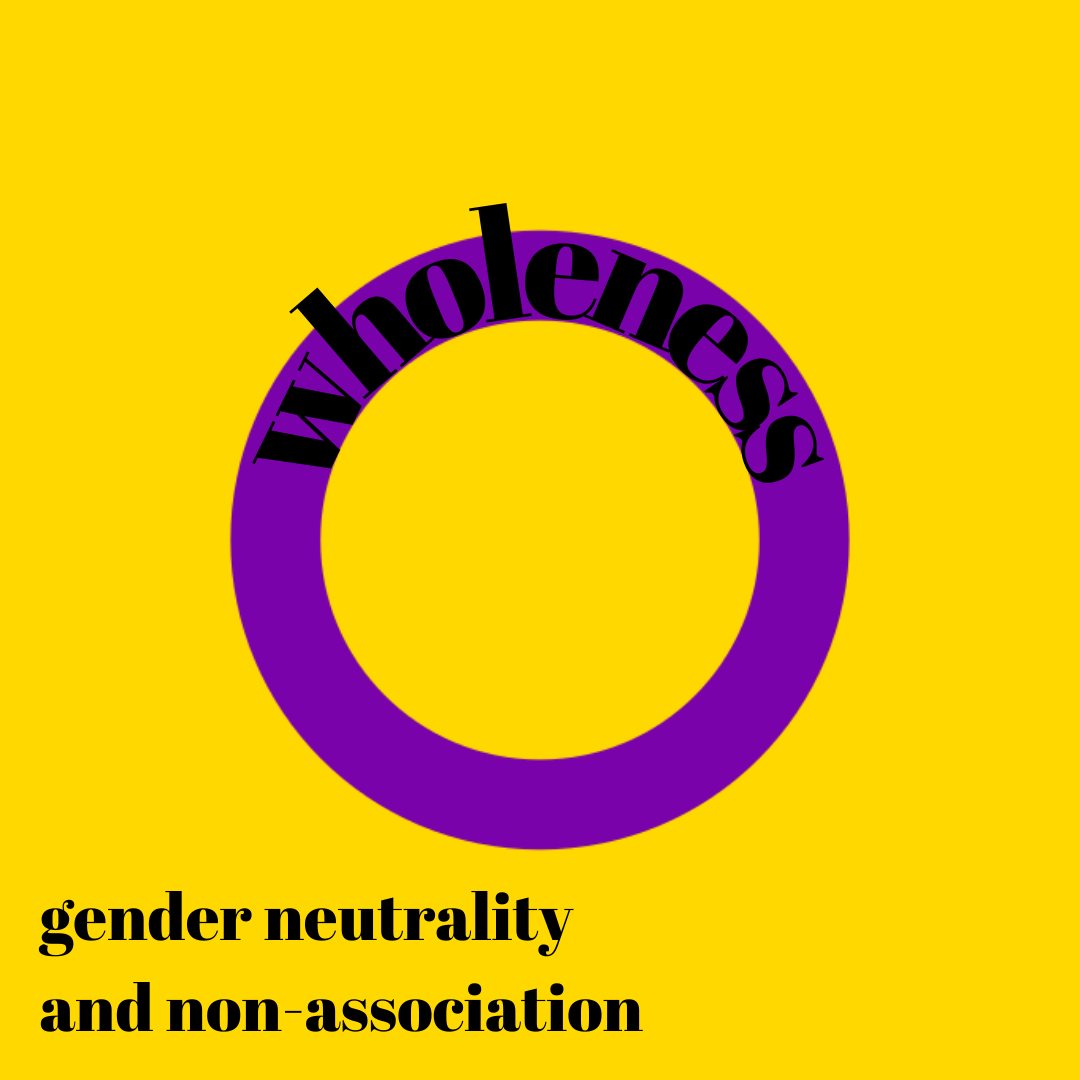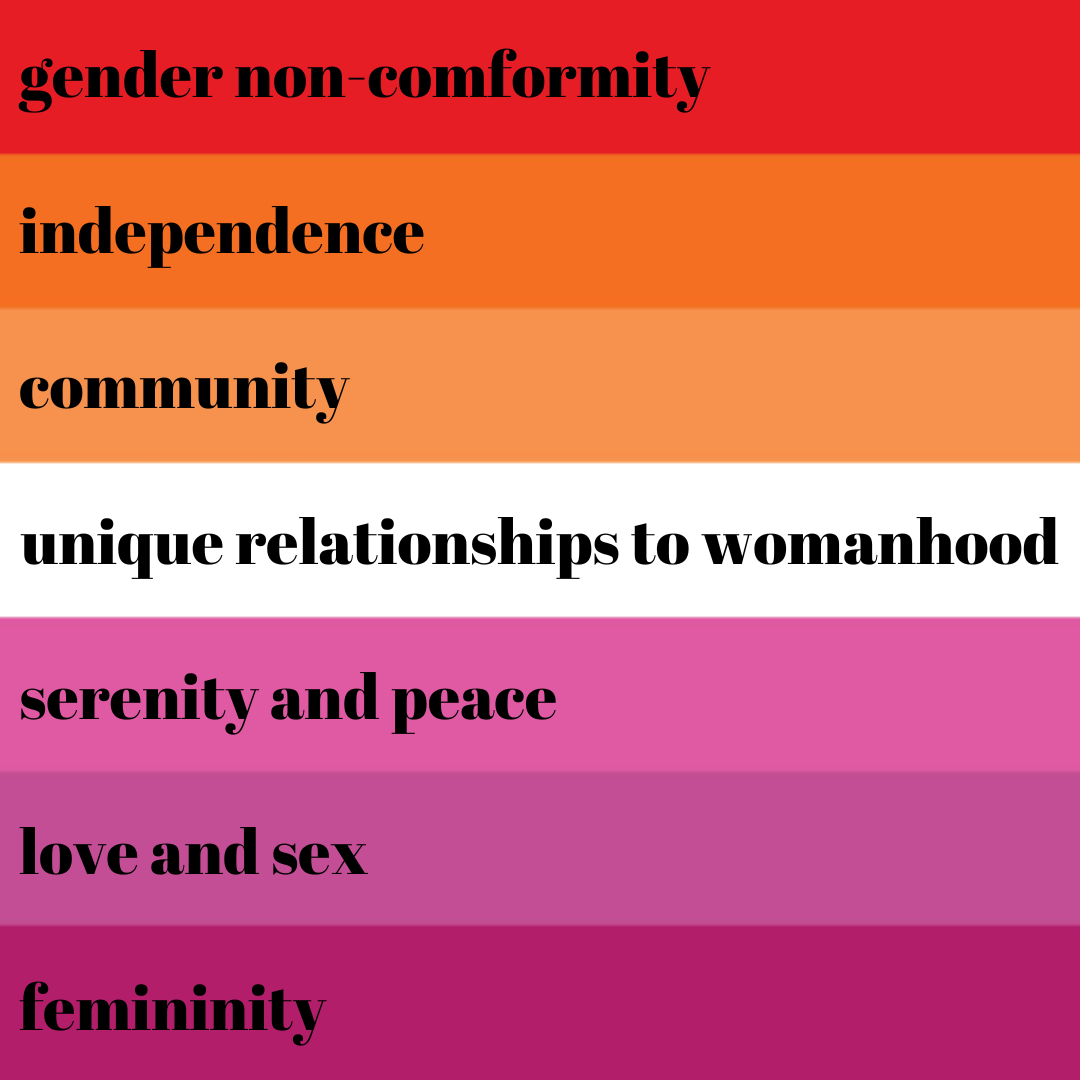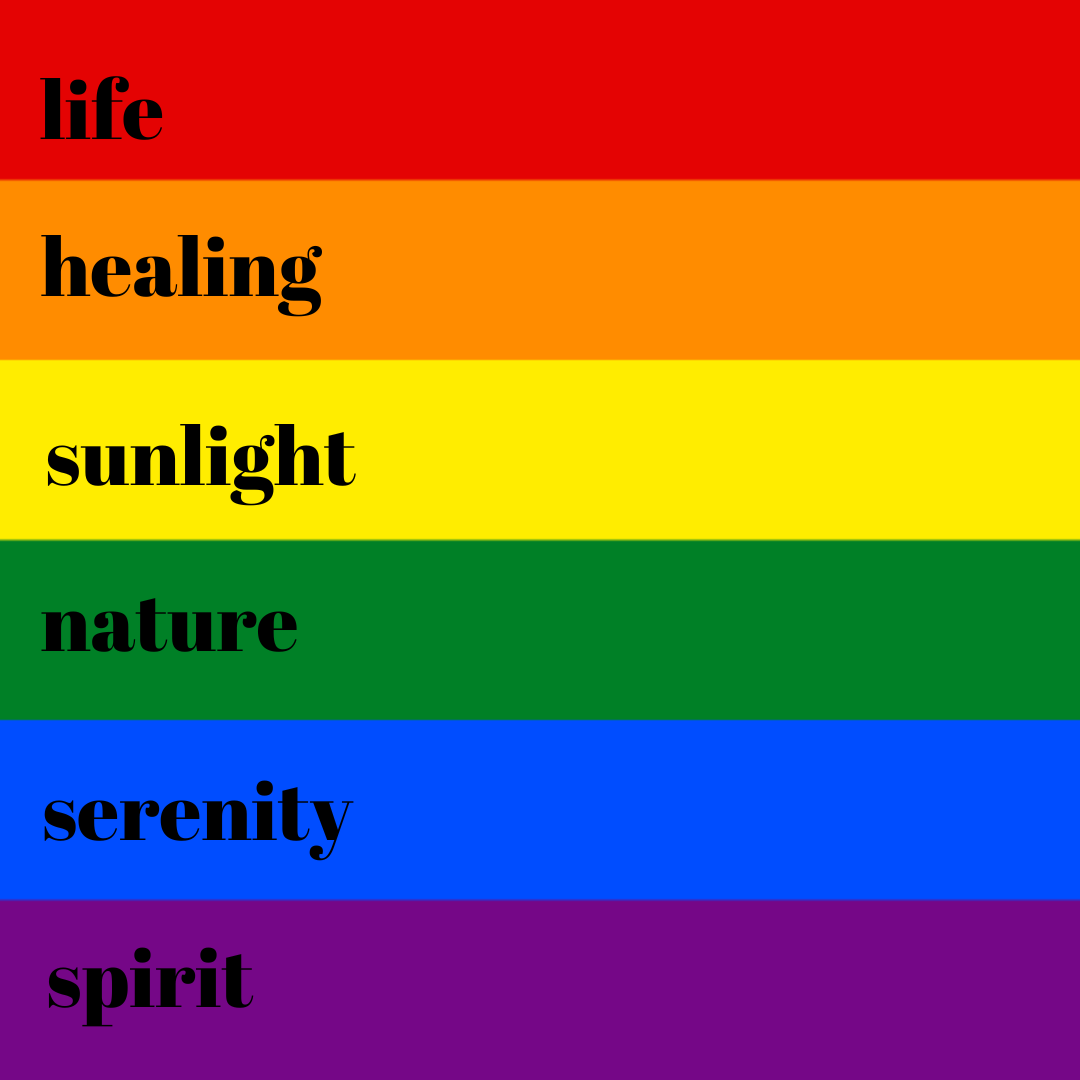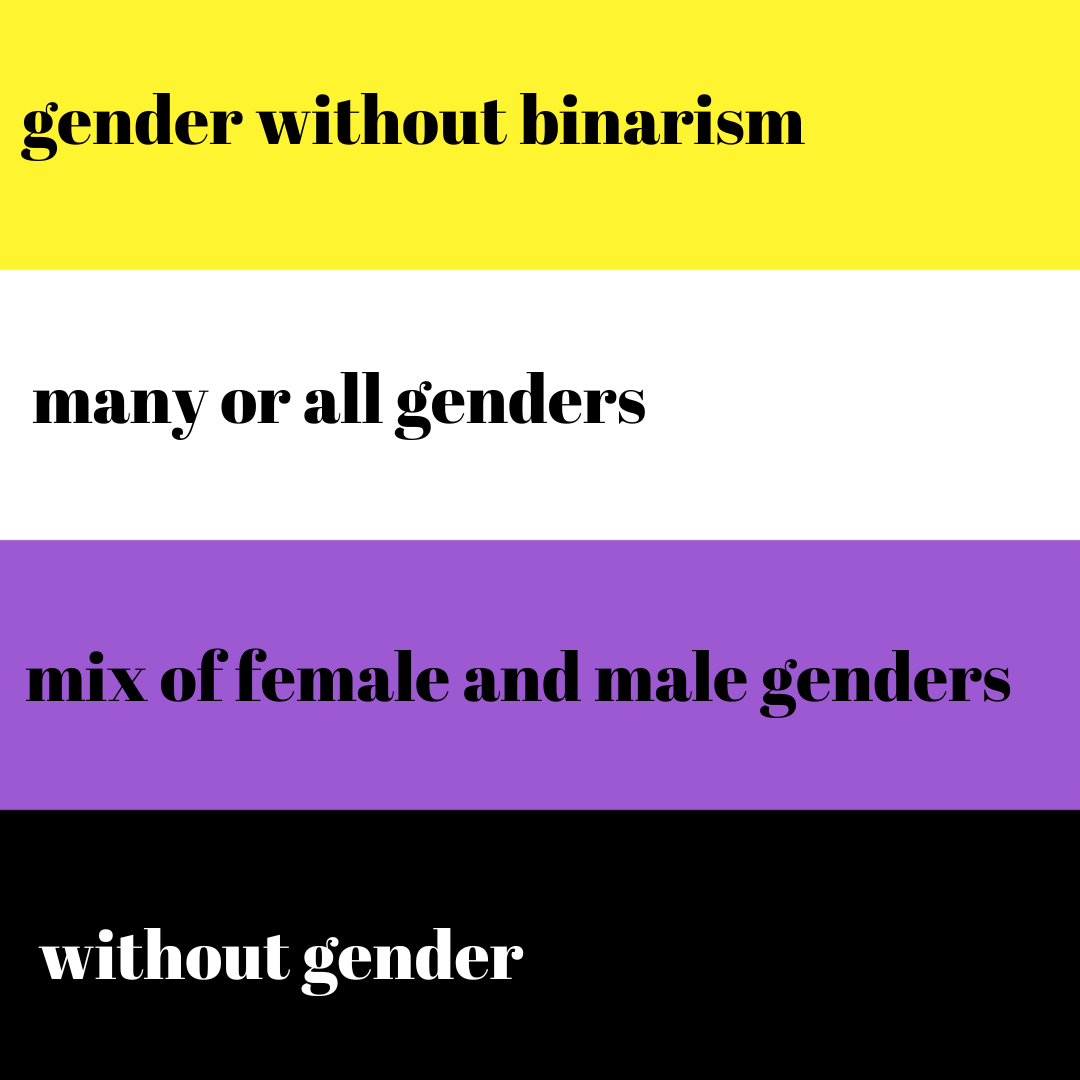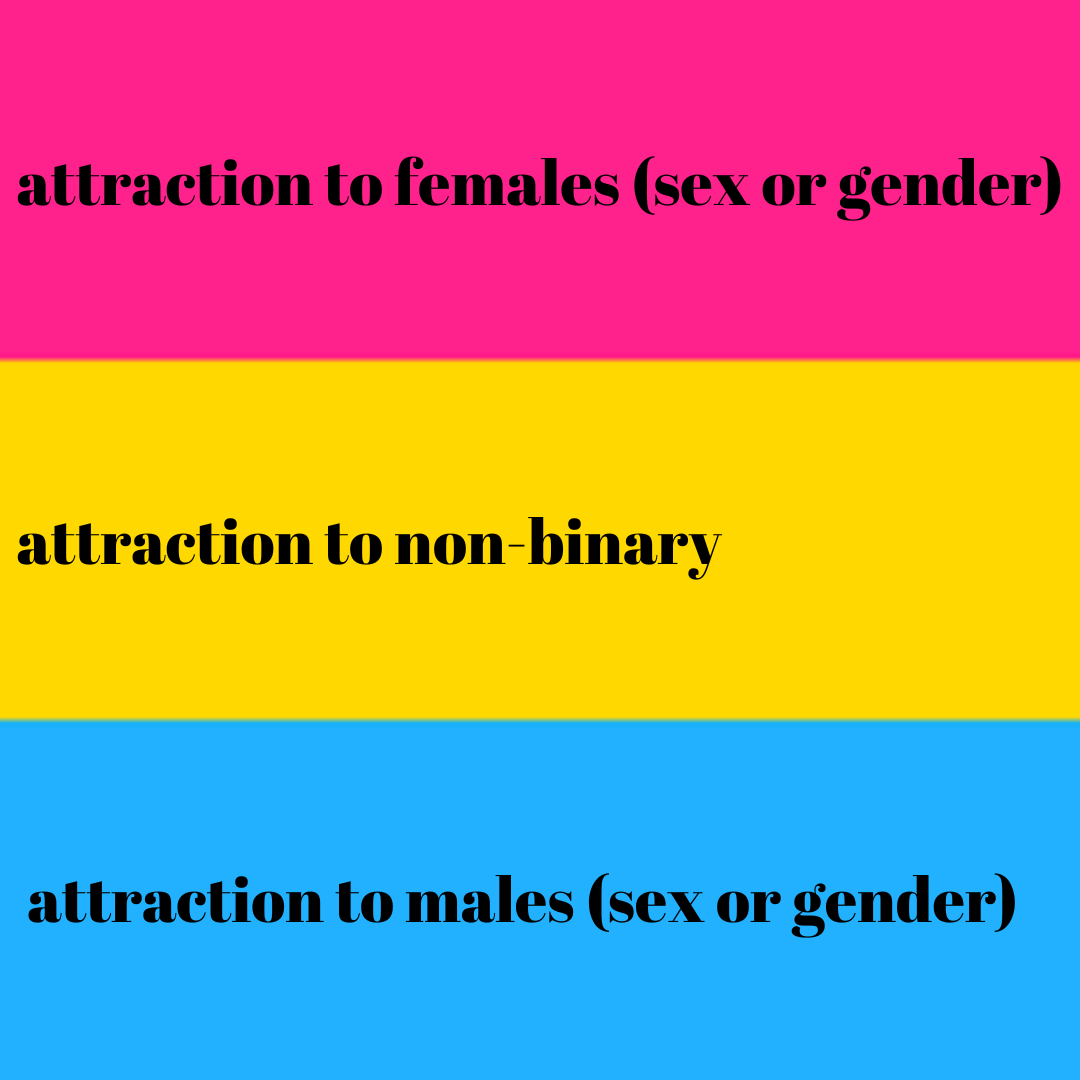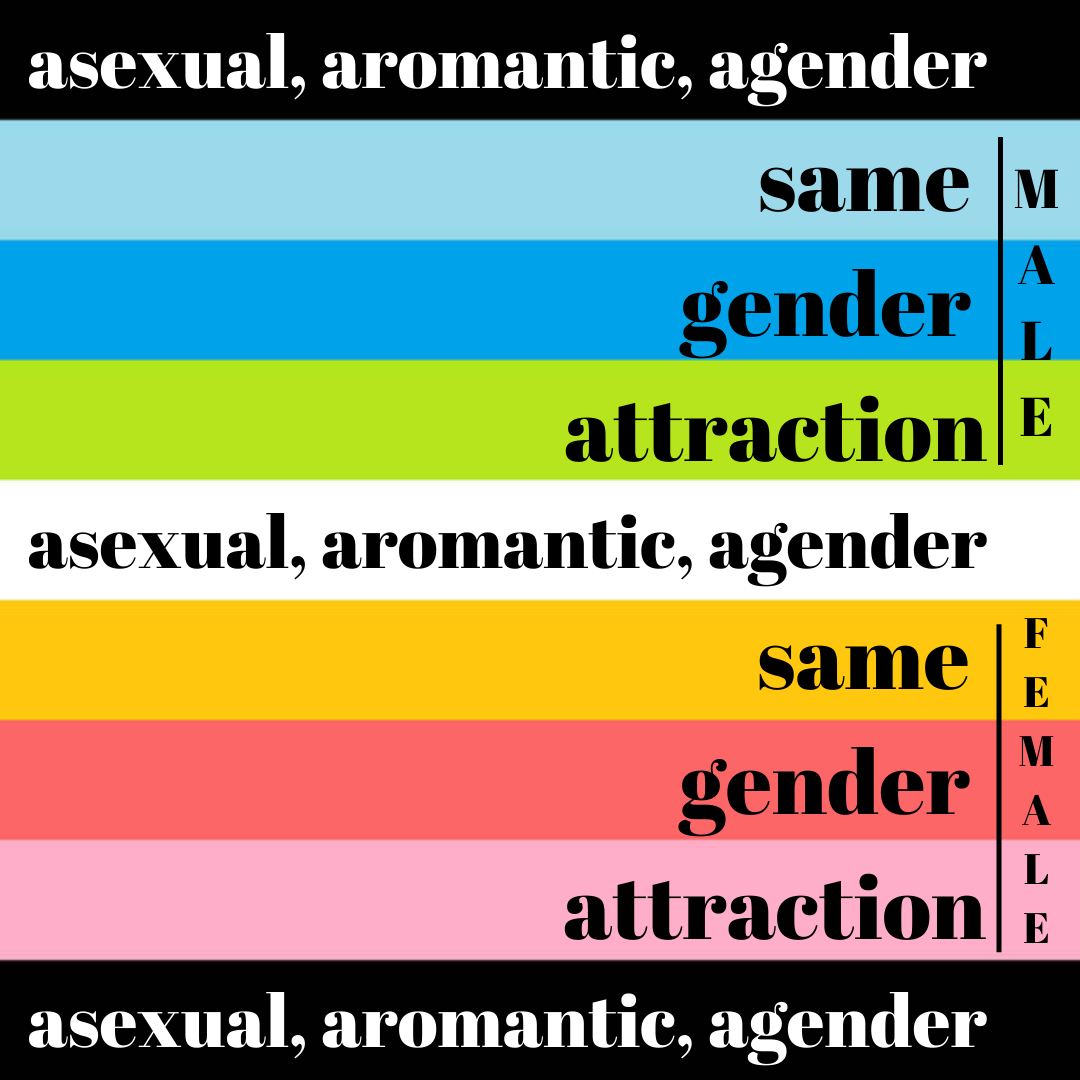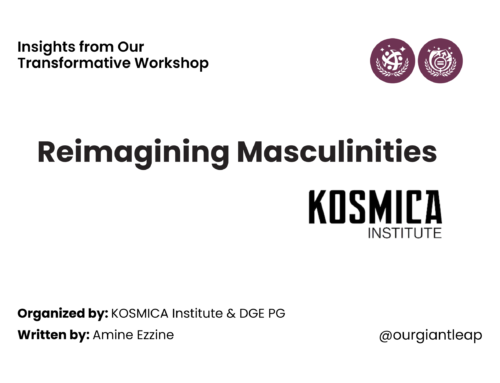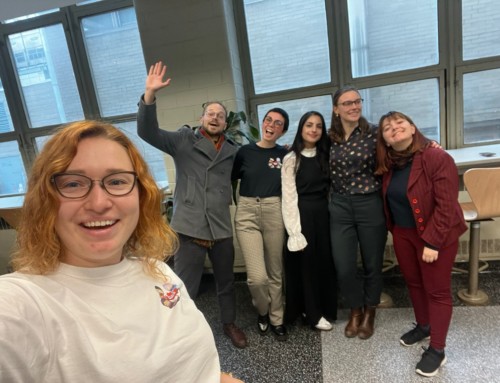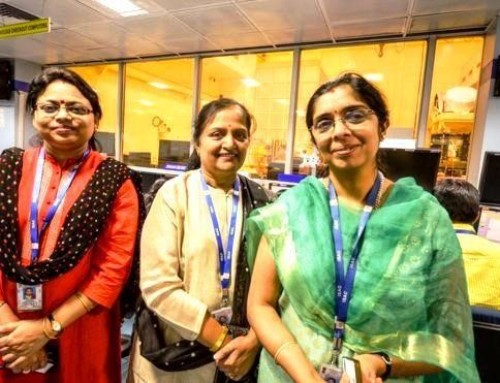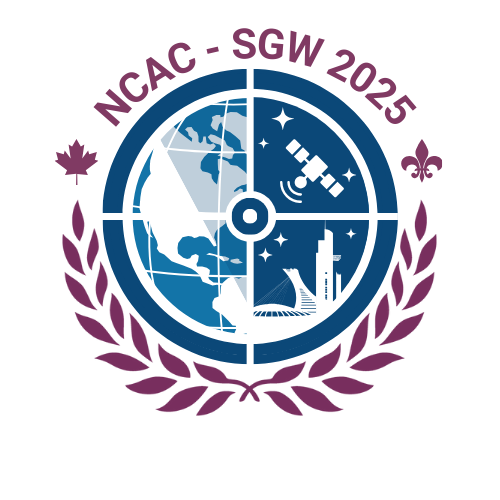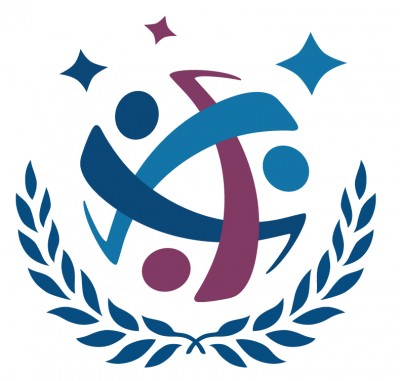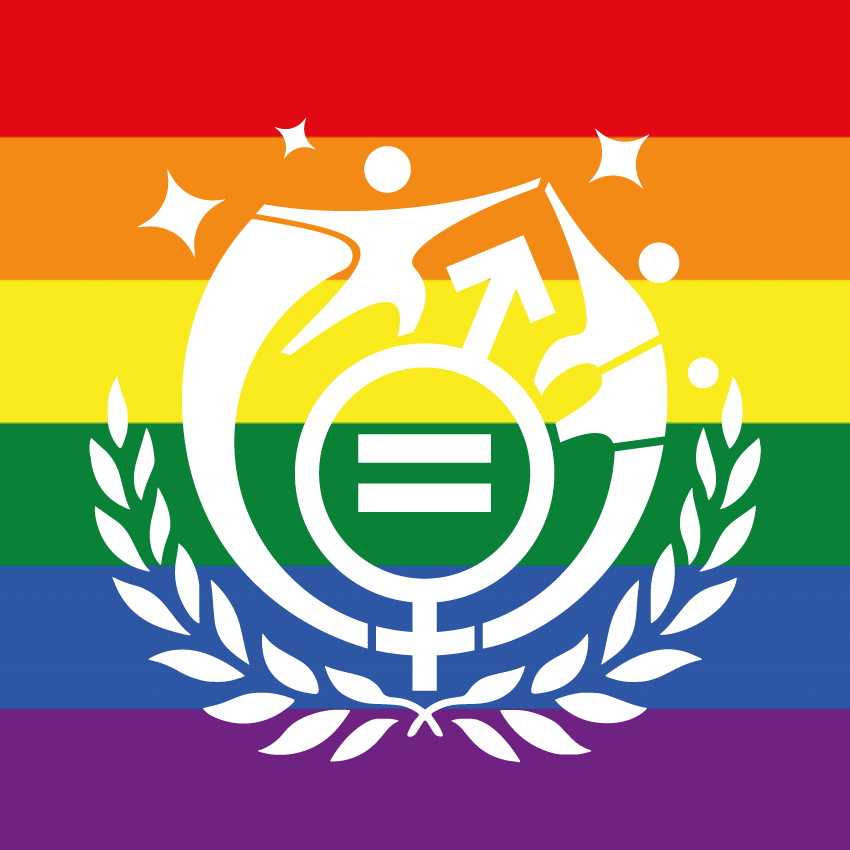
Every year, during the month of June, also known as “Pride Month”, the LGBTQIA+ community is raising its voice even louder all over the world. Embracing the visibility the LGBTQIA+ community is developing, this year we are adhering to this celebration. Especially since we now have a Research subteam focusing on working on making the aerospace sector more inclusive with respect to the LGBTQIA+ community.
Throwback to our communication campaign on Twitter and Facebook!
Pride Month takes place every year in June, but why?
It dates back to the Stonewall riots in June 1969, also called the Stonewall Raising. Located in the flamboyant Greenwich village of New York City and commonly known as a haven of queer culture, the Stonewall Inn was regularly raided by local police as gatherings of homosexuals in the 60s were labelled as “disorderly”. On June 28th, this never ending harassment rooted in social discrimination led to six days of violent clashes and grassroots protest for equal rights for gay and trans Americans. Still today, this historical event is considered one of the biggest catalyzers for LGBTQIA+ civil rights movements and remains a source of inspiration for a whole new generation of political activists.

Coincidentally, the riots took place almost exactly one month before the Moon Landing on July 24! An interesting point of reference, as space endeavours are often associated with an ideal representation of social progress, as portrayed in Star Trek for instance. And yet, Anne McClain was the first openly gay astronaut who was sent into space in 2018.
As the space industry is forging ahead with even more ambitious space exploration programmes and international cooperation, it is all the more important to include everybody in these dreams. Not only for the empowerment and emancipation of individuals from minorities but also to lay the future groundwork of a more inclusive, more diverse society, where everybody is invited to work on these dreams and make them come true.
What does LGBTQIA+ stand for?

From the New York Times:
“The letters were an evolution toward inclusion — an expansion of the language used to represent a disparate group that had often just been called “the gay community.”
Times and attitudes have changed, and the language used to discuss sexual orientation and gender identity has also changed. As a result, the established LGBT abbreviation has acquired a few extra letters — and a cluster of ancillary terminology around both sexuality and gender. Not everyone has adopted them yet.
Take, for example, the addition of “Q” that became increasingly popular as the 20th century turned into the 21st. Some insisted this stood for “questioning” representing people who were uncertain of their sexual orientations or gender identities. Others declared it was for “queer,” a catchall term that has shed its derogatory origins and is gaining acceptance.
Now there’s also I, for intersex; A, for ally (or asexual, depending on whom you’re talking to); and often a plus sign meant to cover anyone else who’s not included: L.G.B.T.Q.I.A.+.
+ Not just a mathematical symbol anymore, but a denotation of everything on the gender and sexuality spectrum that letters and words can’t yet describe.”
What do the LGBTQIA+ Pride Flags mean?

Test your knowledge with the Our Giant Leap Pride Quiz
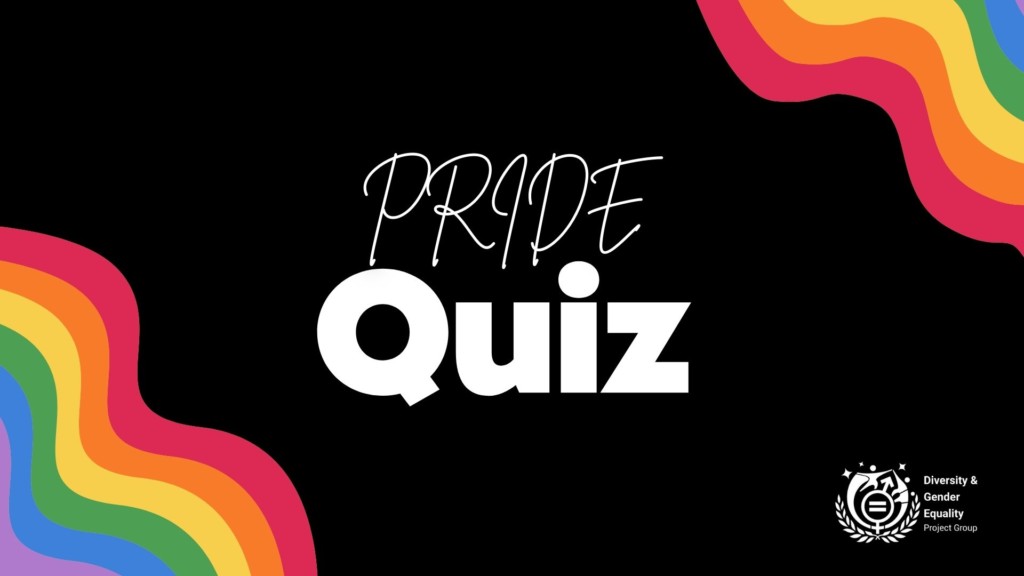
To conclude the Pride Month, the Our Giant Leap team has prepared a Pride Quiz with 5 questions to test your knowledge in a funny way.
You can check out the answers on Facebook and Twitter!










